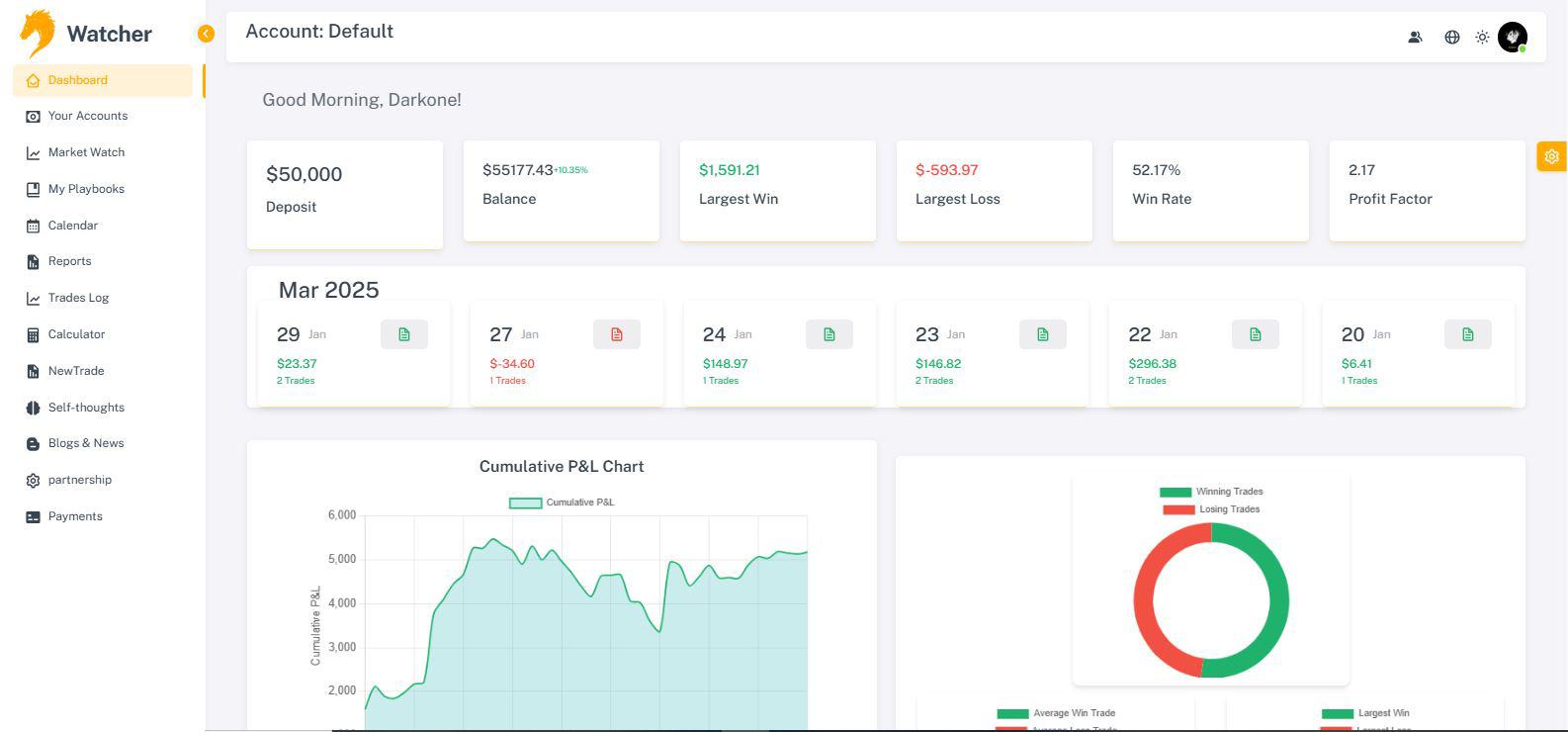What 43 Million Trades Reveal About Forex Trading Success

There is a piece of research that makes for very interesting reading. It was the brainchild of an analyst called David Rodriguez, and it is brilliant. Rodriguez worked for a major FX broker, and he attempted to find out why there was such a high failure rate amongst its clients trading FX. The broker has some 25,000 people who trade currencies daily.
Rodriguez investigated all the trades executed over a 15-month period. The amount of trades was truly staggering. The 25,000 people executed close to 43 million trades. From a statistical point of view that creates a statistically significant and immensely interesting sample space to investigate. Specifically, Rodriguez and his colleagues looked at the amount of winning trades.
I would like to give you an opportunity now to think about how many trades were winning trades and how many trades were losing trades. You can represent it as a percentage of the overall 43 million trades.
If you feel it has any influence on the answer you want to give, I can tell you that most of the trades were executed in Euro Dollar, Sterling Dollar, Dollar Swiss and Dollar Yen. However, the vast majority of the trades were executed in Euro Dollar, where the spread is very tight. Unfortunately, that doesn’t seem to make much of a difference to the outcome.
62% of all the trades by the broker’s clients ended in a profit. That is a little more than six out of ten trades. That’s a good hit rate. A trader with the hit rate of six out of ten should be able to make money from trading. Of course, it does depend greatly on how much he wins when he wins and how much he loses when he loses. And in there lies the problem for the 25,000 people.
See, they were successful in terms of hit rate. Yet when you look at how much they made on average per trade and how much they lost on average per trade, you soon realise that they have a major problem. When they won, they made about 43 pips. When they lost, they lost about 83 pips.
There’s nothing wrong with having a system where you lose more on your losing trades than you win on your winning trades. However, it does require that you have a sufficiently high hit rate in order to absorb the losing trades.
A colleague of mine, a professional trader from South Africa who trades a hedge fund, has a hit rate of about 25%. I will tell his story in greater detail later in the book but let me explain the term hit rate in the context of his hedge fund. When his hedge fund lose on a trade, they lose 1X. When they win, they win as high as 25X. It stands to reason that my friend is immensely profitable even though he doesn’t have a convincing hit rate, at least not from a traditional perspective.
What I find particularly interesting is how much bad advice there is in the trading industry. You will often hear traders talk about risk-to-reward ratio, which in itself is fairly innocent, unless the trader takes it literally, and applies it on a trade-by-trade basis.




